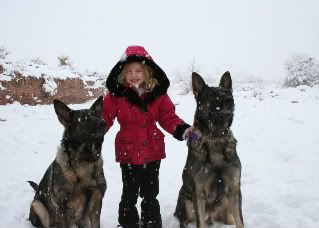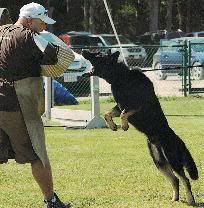Marker training is an excellent tool in obedience because you can mark a specific behaviour that you want (like eye contact) as opposed to giving general praise.
However if you're just praising the dog, you can say anything. It's all in the tone and inflection of your voice.
For example, if you're training the come command; your dog is sniffing at something on the ground and you give the command come. When he stops what he's doing and turns to come to you, you say "yes" to mark his decision to turn around.
Then when he reaches you, you can just repeat "good boy, good dog etc." in a happy voice.
If you ask the dog to "down", you mark with a YES! as soon as he lies down. But then if you're asking him to stay, you can keep saying "good stay, nice stay" in a soothing voice to show him that you're happy with what he's doing.
Markers are to pinpoint an exact moment in time.
As for the "NO", it just means that you disapprove of whatever the dog is doing and it means "stop what you're doing". It's a warning to the dog.
There's no need to have more than one word for the NO.
If he pulls on the leash, it's only fair to give him a warning and a chance to do the right thing before popping him and delivering a physical correction. I agree with Ed on this; the old school method of training a dog to walk nicely at heel was to randomly change directions while you walked and jerk the dog each time.
The reasoning was that by jerking the dog around he'd learn to watch you. Of course this is unfair to the dog, because you're correcting him for something he hasn't learned yet.
I'm sure that Ed has written about this on his site... he also talks about it in his DVDs and I think he makes an excellent point.
If your dog is doing something wrong, say NO and give him a second or two to make the right choice. Give him a chance to comply before giving him a physical correction. If he ignores the NO, then a leash correction follows.
It doesn't matter if the bad behaviour is in the house, on a walk, during obedience work etc. NO means NO. You'll only confuse him if you start using different words to correct for different behaviours; dogs need to learn NO (or an equivalent word) but once they learn it you must apply it consistently.
Then again, dogs respond very well to the tone of voice that you use. If you use a sharp disapproving tone, you could probably say just about any word to get him to stop whatever he's doing.
Why complicate life for yourself and your dog though?
Use YES for your obedience marker and NO for your warning.
YES is always followed by a reward and NO is followed by a correction. This makes it perfectly clear in the dog's mind and he learns to react to it without having to think about it.
Doesn't get any simpler than that, and dogs respond to simplicity

 Previous Topic
Previous Topic Index
Index Next Topic
Next Topic













 Top
Top



.jpg)


.jpg)